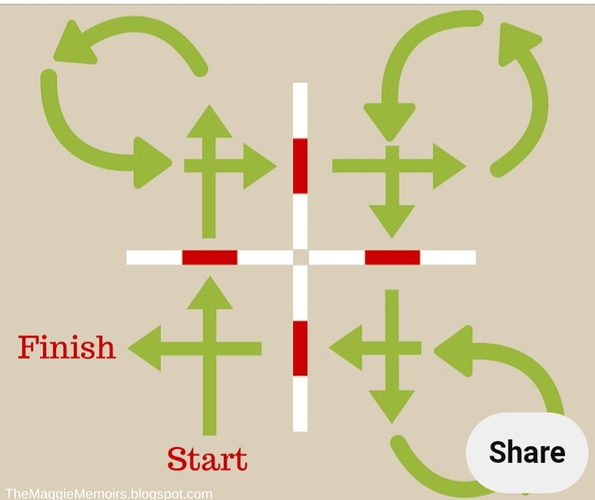So one of my latest rides is a giant 8-year-old Hanoverian mare who has seemingly been rushed through a lot of what’s she done. She’s the type who is very kind, willing, not spooky, but just needs to take a giant deep breath. She rides more like a 4 or 5-year-old.
We’re working through that in our jumping, but I’d love ideas for low cavaletti/poles/flatwork exercise to work through on my own with her to help her build strength and awareness. (When I say giant, I mean it—girl looks like a Roman warhorse and has the step to match. You can trot into a line and canter out in the regular striding.) She is so very sweet and wants to please so badly, so I’d love ideas to build her confidence.


 ). Which leaves a lot up to the horse to figure out. Thus, perfect for the OP’s big gal!
). Which leaves a lot up to the horse to figure out. Thus, perfect for the OP’s big gal!